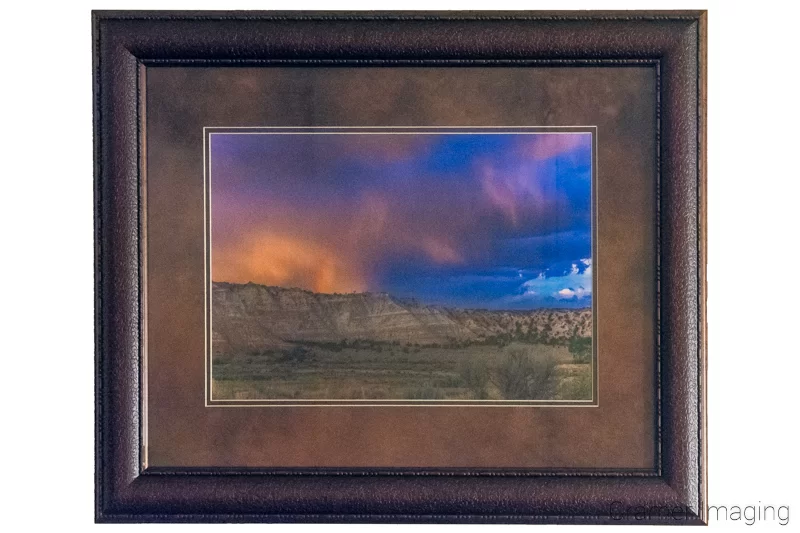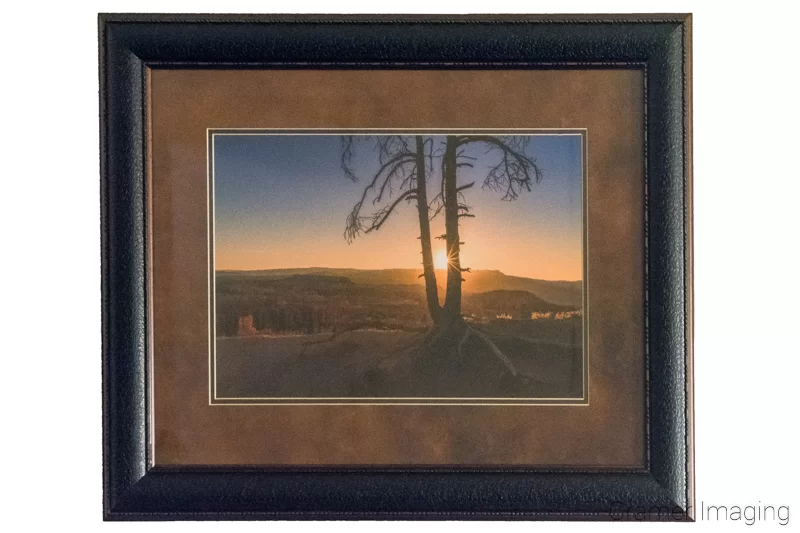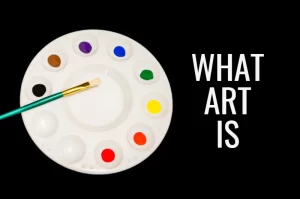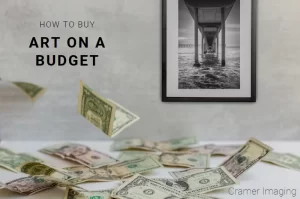It’s an extremely common question to ask, especially when starting out to decorate a wall somewhere: why is fine art so expensive? Well, believe it or not, there’s actually a good reason for it. That’s what we’re going to talk about in today’s article.
What is Fine Art?
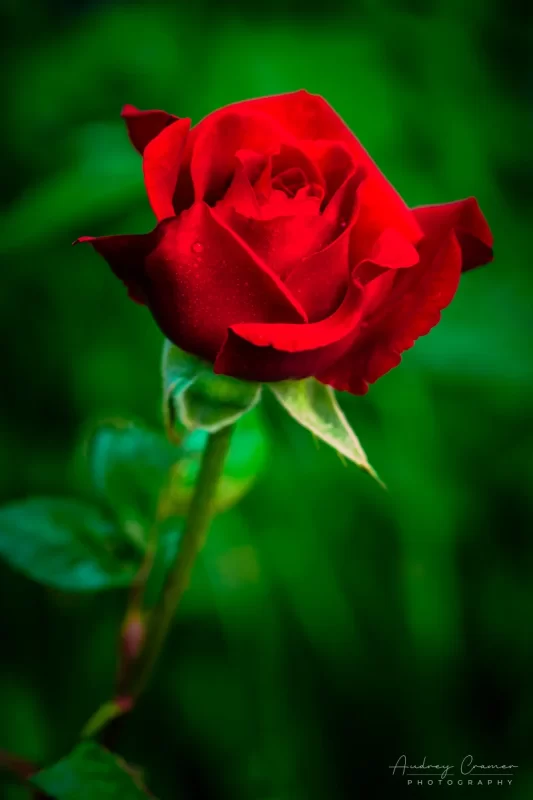
As we’re talking about why fine art is so expensive, we might as well start with defining what fine art actually is. This will help explain the huge price tags often associated with what we deem fine art in this society.
Fine art has a rather abstract definition. It’s really hard to set objective standards for something that is so subjective and personal in nature. About the best definition I’ve seen is a form of self-expression or a statement which requires talent or skill to create.
Fine art, in all its forms, is a labor of love and a labor of expression. It’s creation at its core. It’s a lengthy and agonizing process to say the least. True fine art is not something that you just assemble and call ‘fine art’ just because you feel like it. It requires skill and vision.
Fine art is about evoking emotion in people. It’s about stirring something from deep within. You might feel peace. You might feel anger. Fine art could evoke all sorts of emotions in you. It all depends upon you as the viewer.
Fine Art Requires Skill
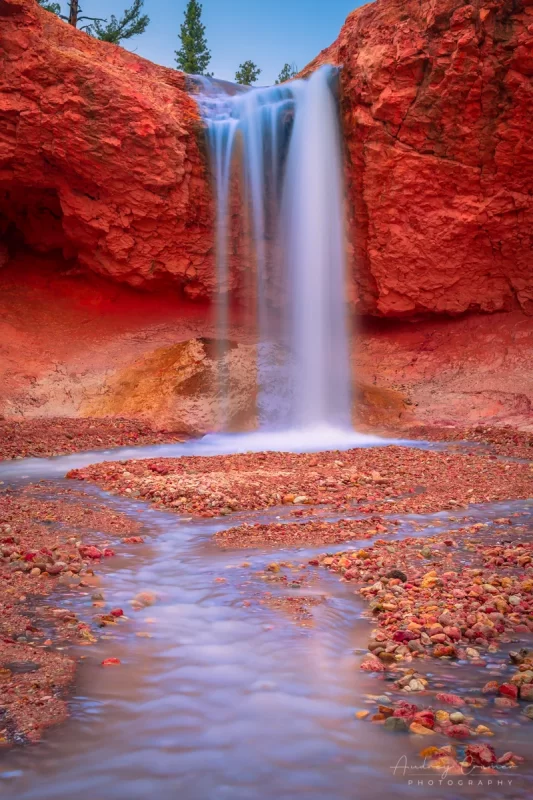
One of the top things we talk about when it comes to fine art is the skill level of the artist him or herself. Proper fine art is a display of that skill level. For the fine art to be considered worth something, the skill level of the artist must be relatively high. That skill level (no matter what medium) doesn’t come without some significant practice.
This is one big reason right there why fine art is so expensive. You are paying for the time and effort (often years) which it took the artist to arrive at his or her current skill level. Fine art photography, often considered so easy with clicking a shutter, takes years to learn how to create proper photos. Artists and photographers factor this time investment in practice into the price tag.
If the artist’s skill level didn’t matter, we would be paying tons of money for the scribbles of toddlers using crayons. No one considers that kind of art or expression to be valuable other than the proud parents and grandparents. Even then, no one tries to sell those quick scribbles as fine art partly because it’s so easy to create such a piece.
Your time is worth something to you. It’s valuable and irreplaceable. Artists feel the same way about their time too. Often, the time they took to learn their artistic skill set was their own time (meaning not on the job). That’s valuable and precious time for everyone. Naturally, you would want compensation for taking time away from your friends, family, internet gaming, etc. They do too. This highly significant time investment is part of the price tag of fine art. In fact, it’s probably more of the price tag sum than anything else.
Creating Fine Art Requires Using Expensive Materials
Would you rather buy a sculpture made out of granite or out of sand? You and I both know that granite lasts much longer. It’s the obvious choice. Sand sculptures will crumble with little provocation when dried out. In this scenario, granite is the quality medium to use but it does come with a few downsides as well.
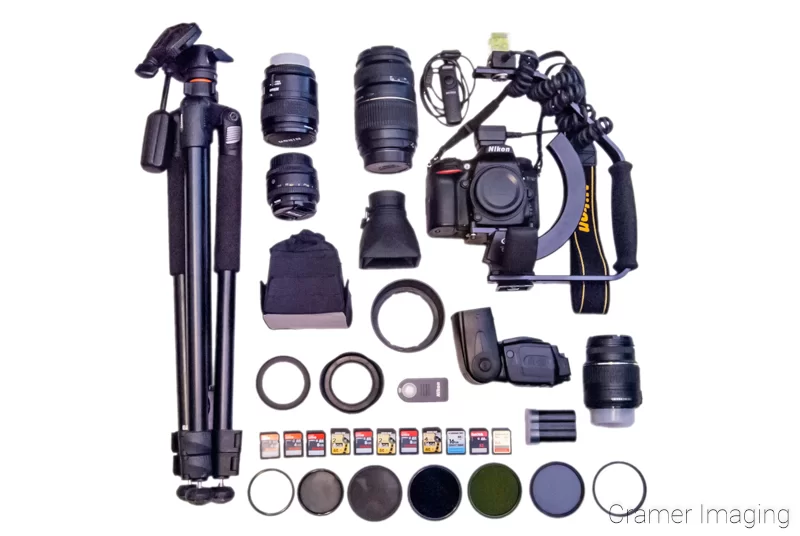
Granite for sculpting is also much more expensive and difficult to obtain than sand is. If you want sand, just go down to a local beach and you’ll have all you want. Granite must be quarried out of a mountain. It’s also a lot less forgiving medium than sand is if you mess up. Obtaining difficult ingredients and mess ups are part of the high price tag of fine art too.

Artists want their art to last for years to come. They want people to keep seeing and appreciating what they created. Because of this, artists seek out the best materials to create works of fine art with. Artists want the best paint, canvas, and brushes. They want the best clay, potter’s wheel, and kiln. They want the best precious metals, gemstones, and tools money can buy. The best doesn’t come cheap for the artist either so it’s part of your fine art cost too.
Lots of time and research has gone into finding out what the best materials are for different kinds of art. This is hundreds and thousands of man-hours just to make sure that your fine art photograph won’t fade to blank in a couple years. This preservation research isn’t cheap either. It’s also a part of any fine art price tag.
Conclusion
The expensive price tag of fine art is based on the huge time investment of the artist and the high cost of materials necessary to create art which will last. There are other factors which play into the price but these two are the big ones.
If you have any more questions about why fine art is so expensive, please feel free to leave them in the comments below. We’ll try to answer them for you.

